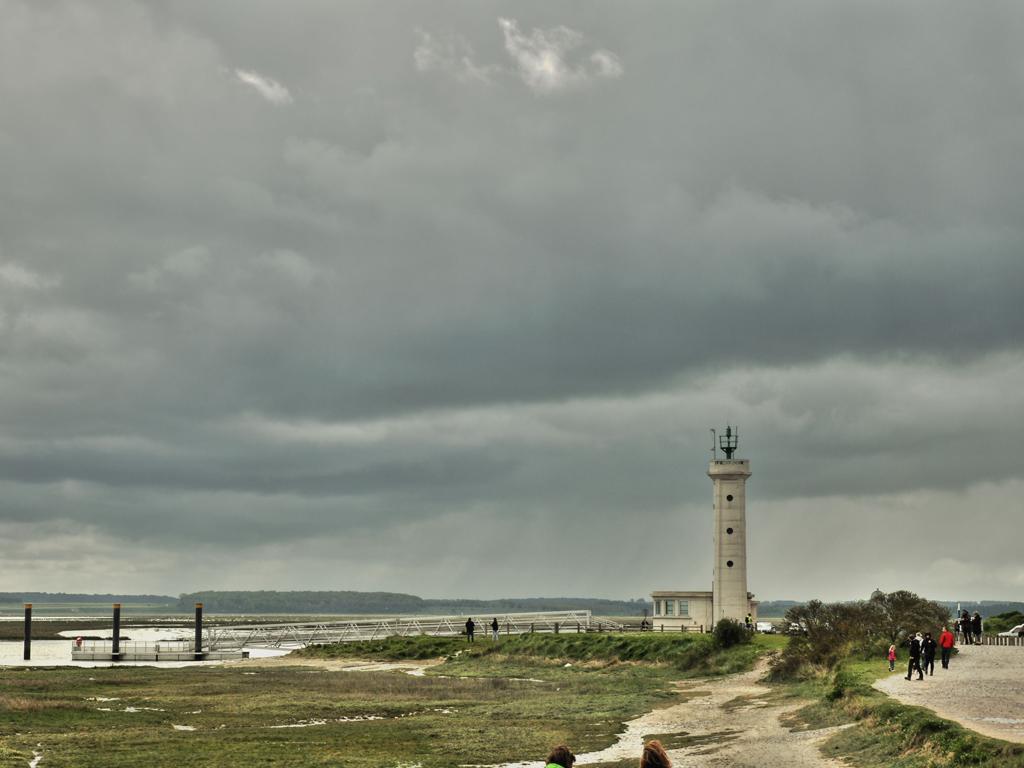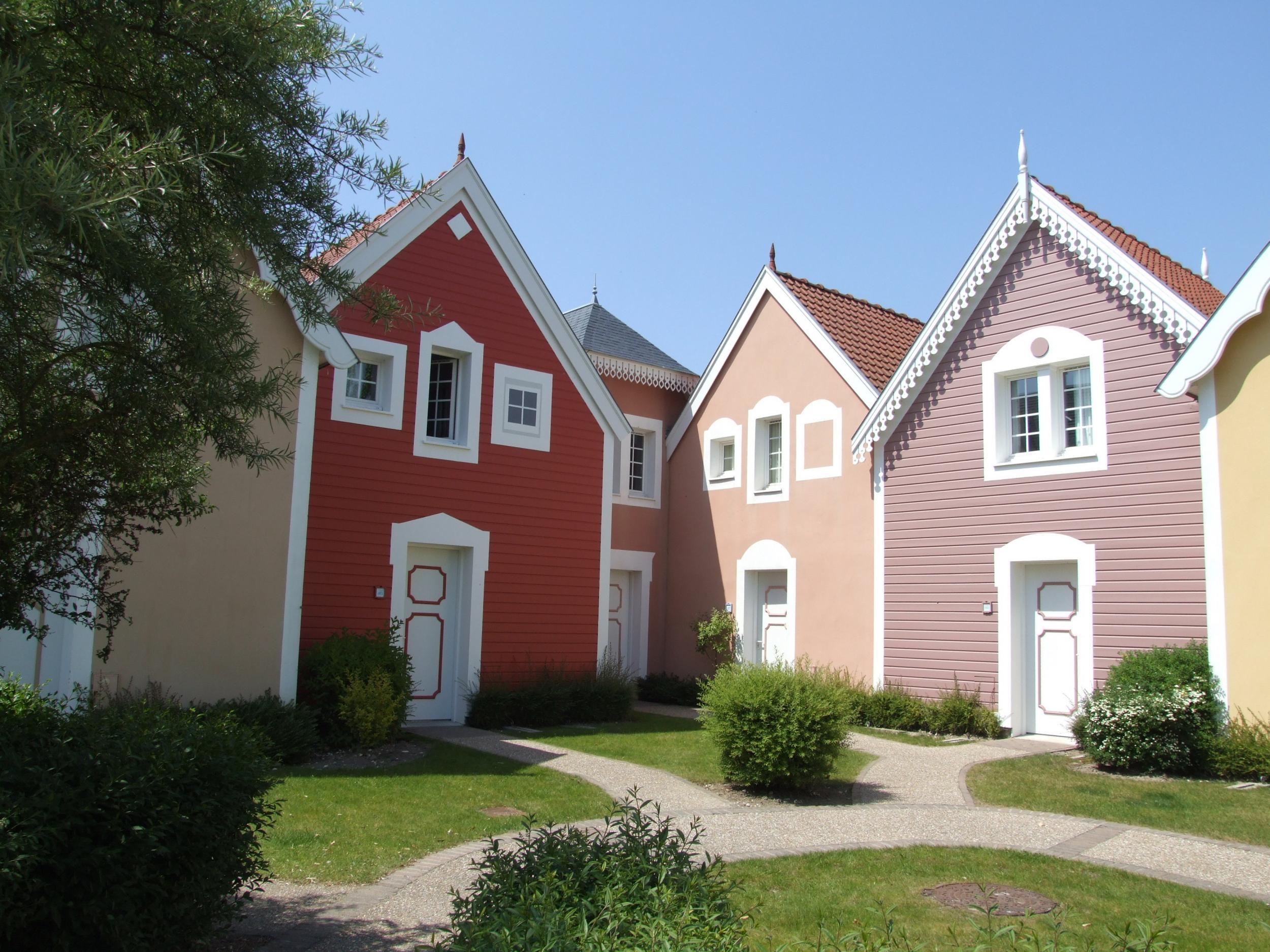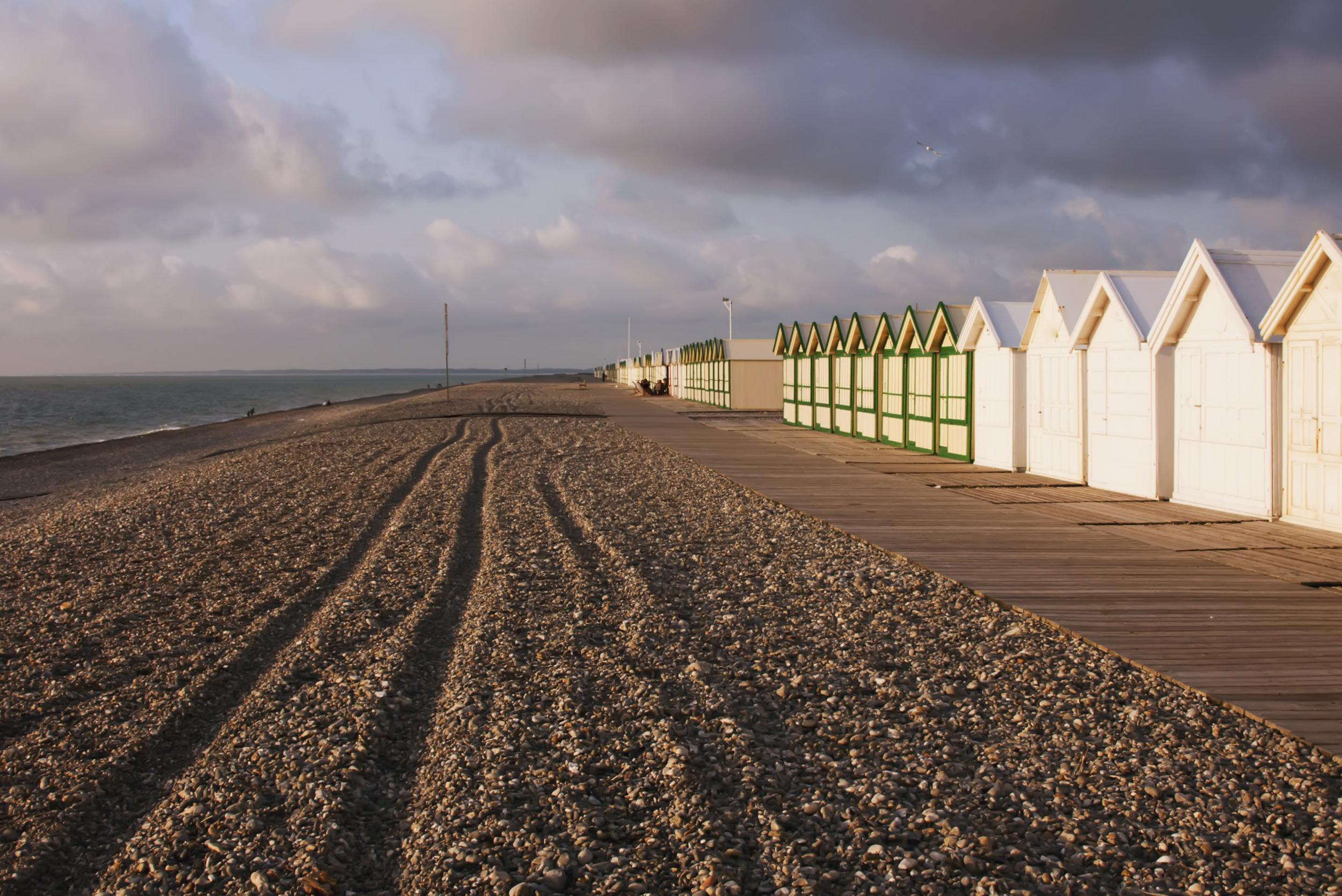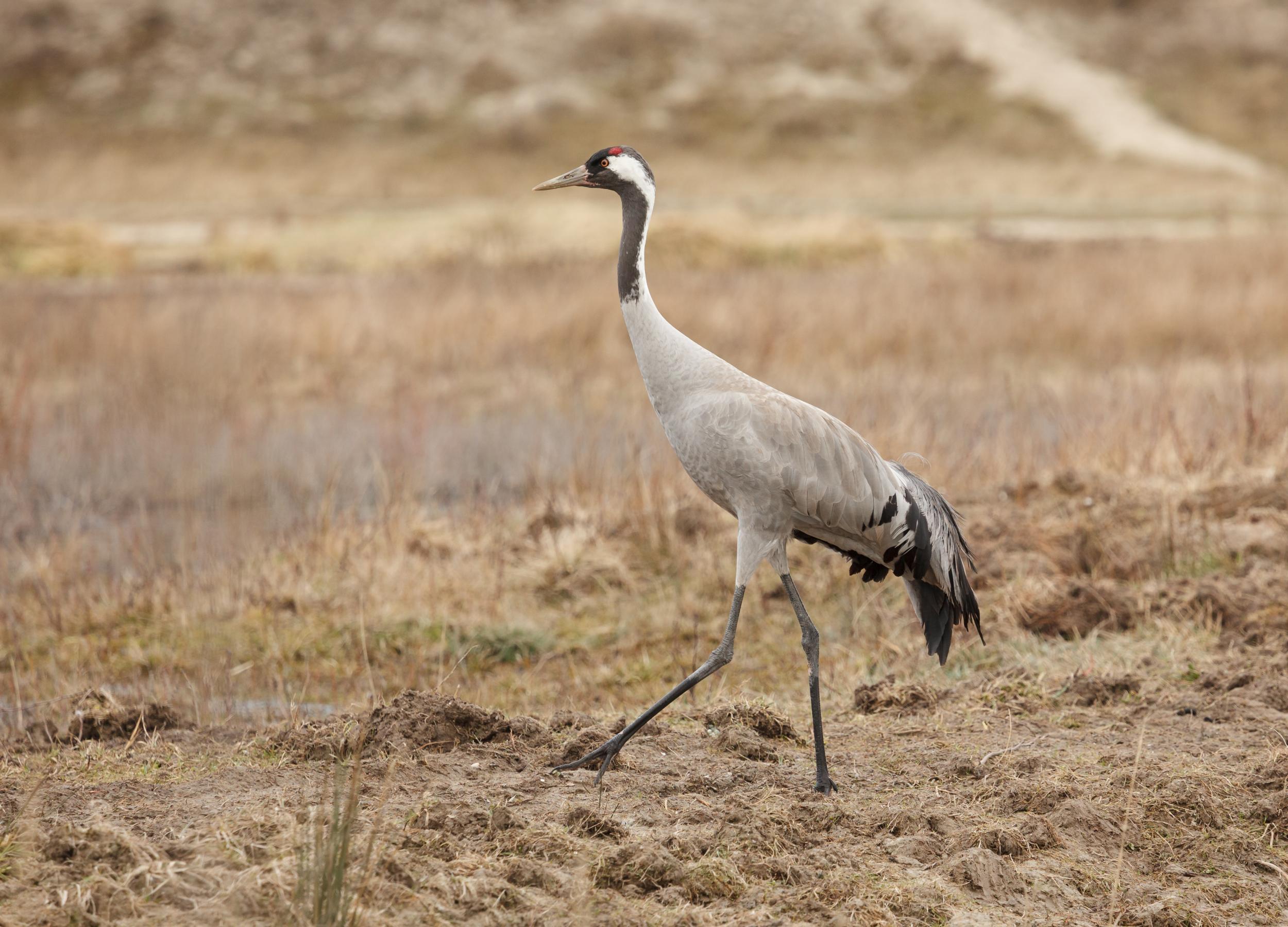The Somme beyond the battlefields: beaches, birds and the other Brighton
One hundred years after the bloody First World War battle commenced, this northern French region offers a more tranquil prospect for the visitor

Your support helps us to tell the story
From reproductive rights to climate change to Big Tech, The Independent is on the ground when the story is developing. Whether it's investigating the financials of Elon Musk's pro-Trump PAC or producing our latest documentary, 'The A Word', which shines a light on the American women fighting for reproductive rights, we know how important it is to parse out the facts from the messaging.
At such a critical moment in US history, we need reporters on the ground. Your donation allows us to keep sending journalists to speak to both sides of the story.
The Independent is trusted by Americans across the entire political spectrum. And unlike many other quality news outlets, we choose not to lock Americans out of our reporting and analysis with paywalls. We believe quality journalism should be available to everyone, paid for by those who can afford it.
Your support makes all the difference.On the morning of Saturday 1 July 1916, 100,000 "Tommies" went over the top and into the bloodiest day in British military history - over half of them becoming casualties by nightfall. The First World War Battle of the Somme eventually left over one million dead on all sides, and forever associating the name of this northern French river with slaughter and the futility of war.
I've done the war graves tourist route – the restored trenches, Thiepval and the Menin Gate – and truly sobering it is too. And yet there is another Somme, a bucolic, slightly wistful and mysterious region of Picardy, watery and yet dominated by the sky.
I drove the 45 minutes up from the channel port of Dieppe earlier this month, the unseasonal June gloom adding to the other-worldliness of the place. Sunshine might have been nice, but with such big skies the thunder clouds provided their own dramatic atmosphere.
The Somme itself derives from the Celtic word for tranquillity, but British tourists tend to ignore the region, except for refuelling at the excellent motorway service station on the A16, which comes with its own birdwatching tower.

And it is so accessible, being only 70 miles south of Calais. Even on a school half-term week I only overheard one other British family, which is quite extraordinary in somewhere so picturesque and visitor-friendly. Perhaps it was the nationwide strikes in France and the supposed shortage of fuel that had just started to make headlines in Britain – although every service station I passed looked pretty well stocked.
The French have long appreciated the watery stillness here, the wide horizons and opaque light, with painters such as Degas and Seurat setting up their easels, writers Jules Verne and Colette making it their home, not to mention countless weekenders from Amiens and Paris.
The bay itself is bookended by two pretty towns – St-Valery-sur-Somme and Le Crotoy – both with cobbled streets, yachts bobbing aside the quayside and a turbulent history that belies the current calm. William the Conqueror assembled his invasion fleet in the bay, the shipwrecked future English King Harold having been (as legend has it) imprisoned in St-Valery-sur-Somme, while Le Crotoy's most illustrious prisoner was Joan of Arc, held in by the Burgundians here on her way to trial and execution in Rouen.
Like the far better known Baie de Mont St Michel, the Bay of Somme is a potential deathtrap to the unwary, with patches of quicksand and the tide sweeping in faster than a hiker can walk in the boggy silt. In summer months guided walks are available, but if you do want to do unassisted, buy a tide map from the local tourist office and perhaps let people know where you're going. The long established No Shoes Club in Le Crotoy (noshoes.fr) organises group rambles – wellies included.
I didn't fancy it this time given the frequent thunderstorms. A sheltered alternative is to take the train - a genuine 1900s narrow-gauge steam railway that runs from Le Crotoy to Cayeux by way of Noyelles and St-Valery (cfbs.eu/en) – great for enthusiasts, although I found the views disappointing. Better perhaps to hire (or bring your own) a bicycle, with generous cycle lanes criss-crossing the fringes of the bay.

Those preferring proper old-fashioned seaside resorts should head to Cayeux, which claims to have the world's greatest number of beach huts in one place – all of them white – and retains a cheerful and lively air despite, once again like so places around here, feeling cut off from the rest of the world. This stretch of coast between, say, Boulogne in the north and Dieppe in the south, does harbour some extraordinarily quaint resorts – places straight out of a Jacques Tati film (my favourite is Mers-les-Bains, on the border of Picardy and Normandy) but the strangest must be Brighton-les-Pins.
Speculatively named to attract the sort of well-heeled Brits who frequented Le Touquet further north, but now an isolated and largely forgotten collection of holiday homes spread out among the sand-dunes, Brighton might appeal to an independent film-maker looking for an unusual location, or a mystery writer in the Patricia Highsmith mould.
To the north of the bay is the Marquenterre bird reserve (parcdumarquenterre.com), 2,300 hectares that plays host to more than 300 species of migratory bird; only the Camargue can boast more avian transients. The shortest walk takes about an hour, although well-marked longer routes are available. My June visit coincided with the park's busiest visitor season (avian breeders, that is, not people) – and the various hides dotted around about can make you feel as if you're in your very own episode of Springwatch - Chris Packham not included.

Inland, some of the villages have an almost Fens-like feel, especially when the frequent mists have descended. Favieres is typical and is home to the famous old-school Michelin-approved restaurant La Clé des Champs (lacledeschamps-restaurant.fr), where chef Bruno Flasque still presides and where the waiters remove the silver cloches with a flourish when your dish is served. I couldn't see the local and very succulent salt-marsh lamb on the current menu, but look out for "agneau de pre-sale" on the menu boards of other establishments.
The large town of Abbeville marks the end of this particular stretch of the Somme. Badly knocked during the German invasion of France in May 1940, its defence orchestrated by Charles de Gaulle before his appointment with greatness, the generic postwar reconstruction doesn't leave a great deal to see here – its historic medieval heart burnt to a cinder. That is the case with so many towns on the route of the Blitzkreig – from here to the source of the Somme, the 20th century's two great conflagrations have left their sorry mark. But then that's a different story.
Travel essentials
Getting there
The region can be accessed by ferry or Eurotunnel from Calais, by ferry from Dieppe, or by train or plane from Paris.
More information
Join our commenting forum
Join thought-provoking conversations, follow other Independent readers and see their replies
Comments